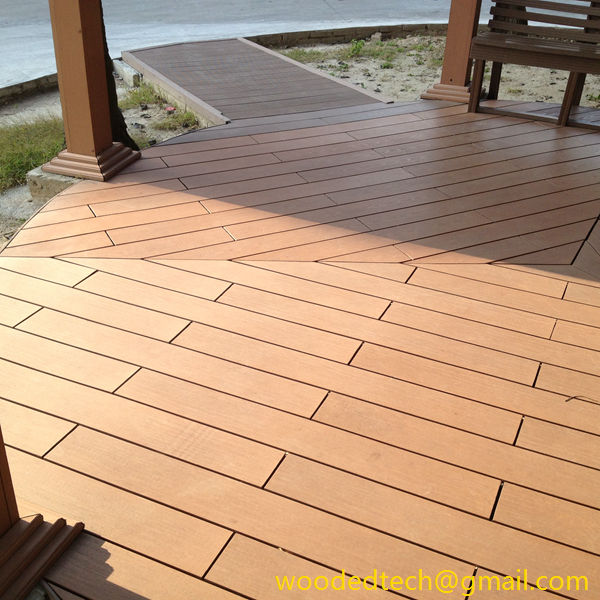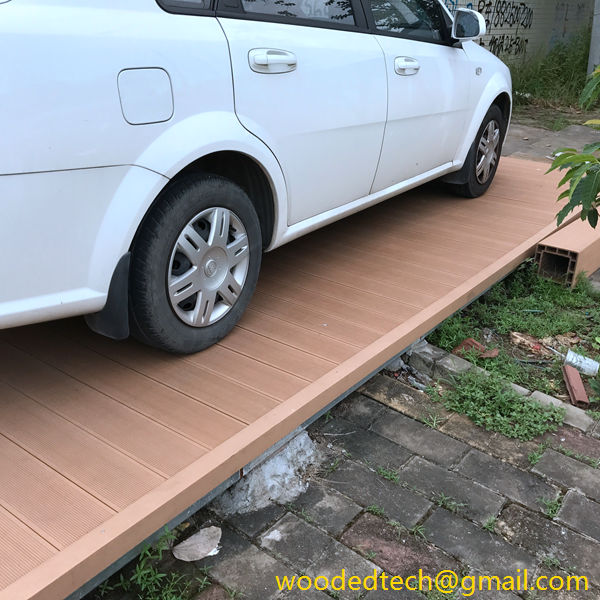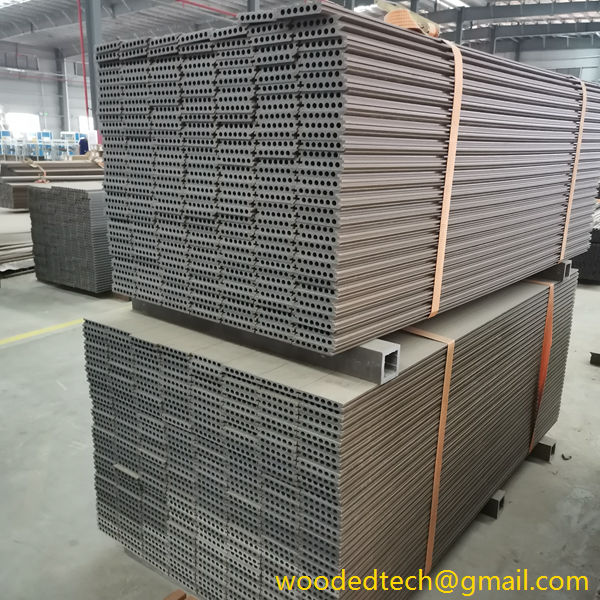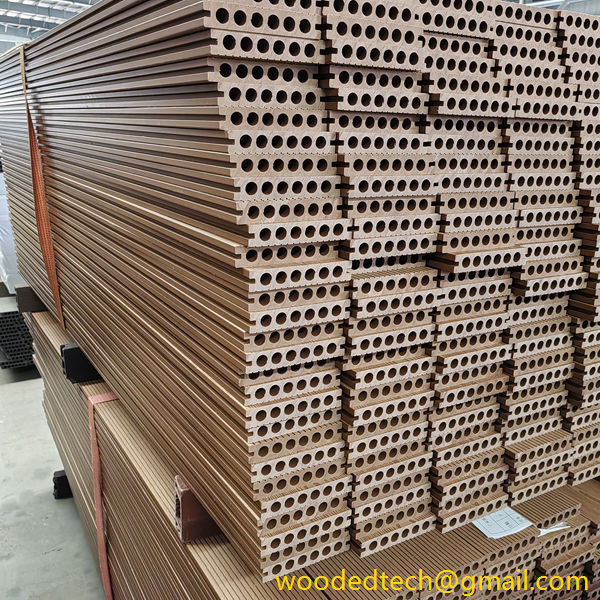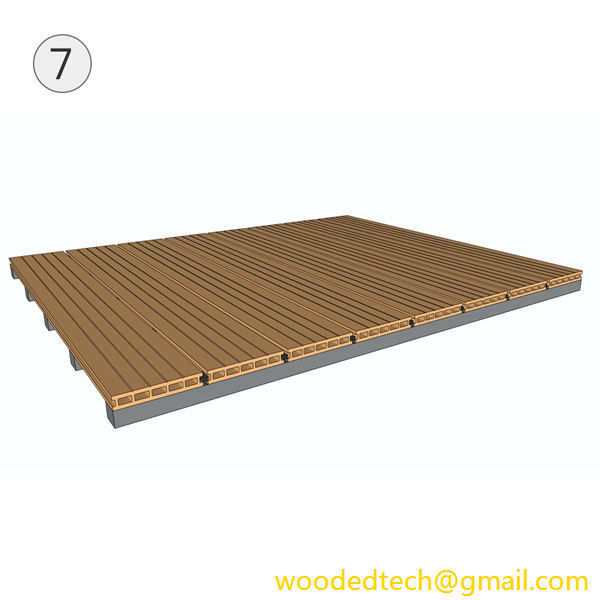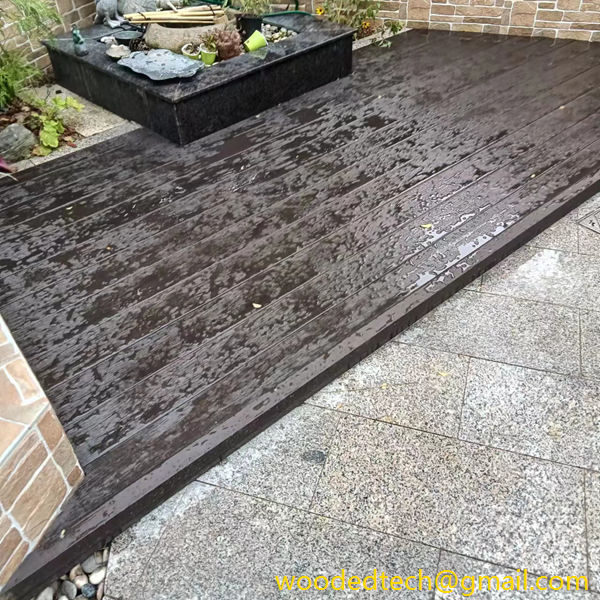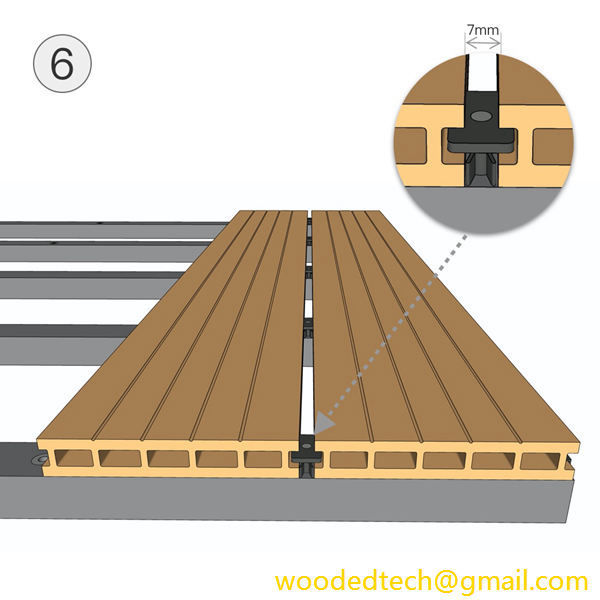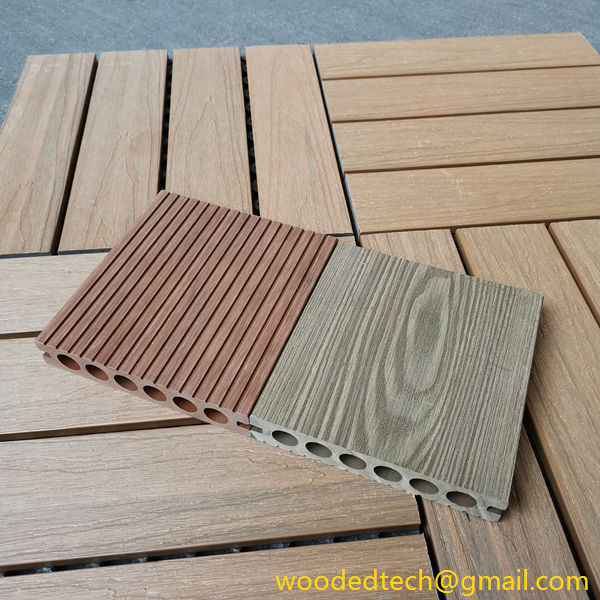How Much for Composite Decking: Pricing Information for Composite Decking Materials
How Much for Composite Decking: Pricing Information for Composite Decking Materials In recent years, composite decking has emerged as a popular alternative to traditional wood decking, thanks to its durability, low maintenance requirements, and aesthetic appeal. As homeowners and builders increasingly recognize the advantages of composite materials, the demand for composite decking has surged, leading…
How Much for Composite Decking: Pricing Information for Composite Decking Materials
In recent years, composite decking has emerged as a popular alternative to traditional wood decking, thanks to its durability, low maintenance requirements, and aesthetic appeal. As homeowners and builders increasingly recognize the advantages of composite materials, the demand for composite decking has surged, leading to a booming market. Understanding the pricing of composite decking is crucial for anyone considering this option for their outdoor spaces.
Composite decking is made from a blend of wood fibers and plastic, which gives it unique characteristics that make it superior to traditional wood. The materials used in composite decking are engineered to resist fading, staining, scratching, and mold, making it an attractive choice for decks that endure the elements. While the initial investment in composite decking may be higher than that of wood, the long-term benefits often outweigh the costs.
The cost of composite decking varies widely based on several factors, including the brand, quality, and type of composite material chosen. On average, homeowners can expect to pay between $2 to $5 per linear foot for composite decking boards. However, premium brands or products with special features can go as high as $10 per linear foot. Therefore, for a standard 10×10 deck, the total cost for decking materials alone could range from $600 to $1,500 or more.
The price per square foot can also be influenced by the type of composite decking. There are generally two categories: capped composite decking and uncapped composite decking. Capped composite decking, which has a protective layer that enhances its durability and aesthetics, tends to be more expensive, usually falling between $5 to $10 per square foot. Uncapped composite decking is typically less expensive, ranging from $3 to $6 per square foot.
When budgeting for composite decking, it is essential to consider additional costs beyond just the materials. Installation costs can vary significantly depending on the complexity of the deck design and local labor rates. On average, homeowners can expect to pay between $5 to $15 per square foot for professional installation. A straightforward deck may be on the lower end of the spectrum, while a more intricate design with features like built-in seating, railings, or lighting will increase the overall cost.
Moreover, the cost of substructure materials, such as joists and beams, should also be factored in. A solid substructure is crucial for the longevity of any deck. Depending on the materials used and local pricing, this can add an additional $1 to $3 per square foot.
Despite the higher upfront costs, composite decking offers significant long-term value. One of the most compelling advantages is its low maintenance requirements. Unlike traditional wood decking, which requires regular staining, sealing, and painting, composite decking typically only needs occasional cleaning with soap and water. This reduced maintenance not only saves time but also cuts down on long-term costs associated with upkeep.
Additionally, composite decking is known for its longevity. Many manufacturers offer warranties ranging from 20 to 50 years, which is significantly longer than the lifespan of traditional wood decks. This durability means that homeowners are less likely to face the costs associated with repairs or replacements.
The growing awareness of environmental issues has also contributed to the popularity of composite decking. Many composite materials are made from recycled products, including plastic and wood scraps. This not only reduces waste in landfills but also minimizes the consumption of new resources. For eco-conscious consumers, the sustainability aspect of composite decking adds another layer of value to the investment.
With so many options on the market, choosing the right composite decking can feel overwhelming. It is important to consider factors such as color, texture, and brand reputation. Some brands are known for their high-quality materials and excellent customer service, while others may be less reliable. Reading customer reviews and seeking recommendations from professionals can provide valuable insights.
Homeowners should also think about the long-term aesthetics of their deck. Composite decking comes in a variety of colors and finishes, allowing for customization that can enhance the overall look of a property. However, it is essential to choose colors that complement the home and surrounding landscape.
In summary, the booming market for composite decking offers numerous advantages, including durability, low maintenance, and environmental sustainability. While the initial costs may be higher compared to traditional wood, the long-term benefits often justify the investment. By understanding the pricing landscape and considering additional costs such as installation and substructure materials, homeowners can make informed decisions about their decking projects. As composite decking continues to gain popularity, it is clear that this innovative material is reshaping the way we think about outdoor living spaces.

